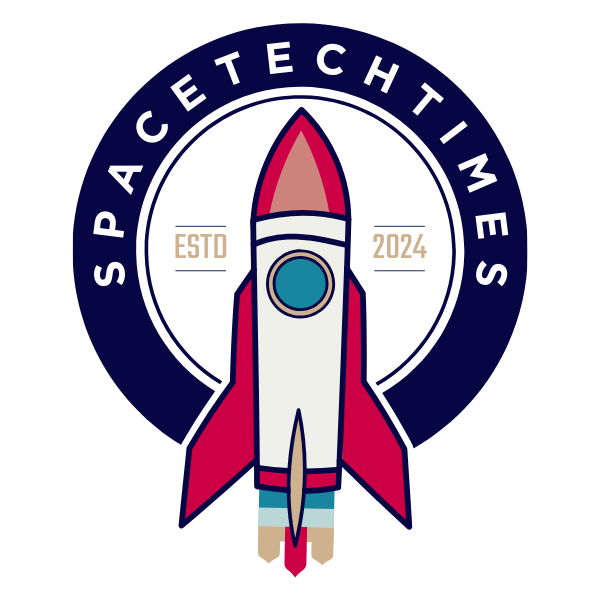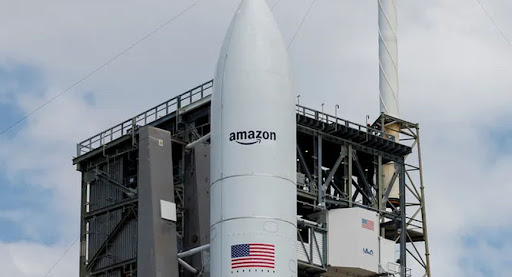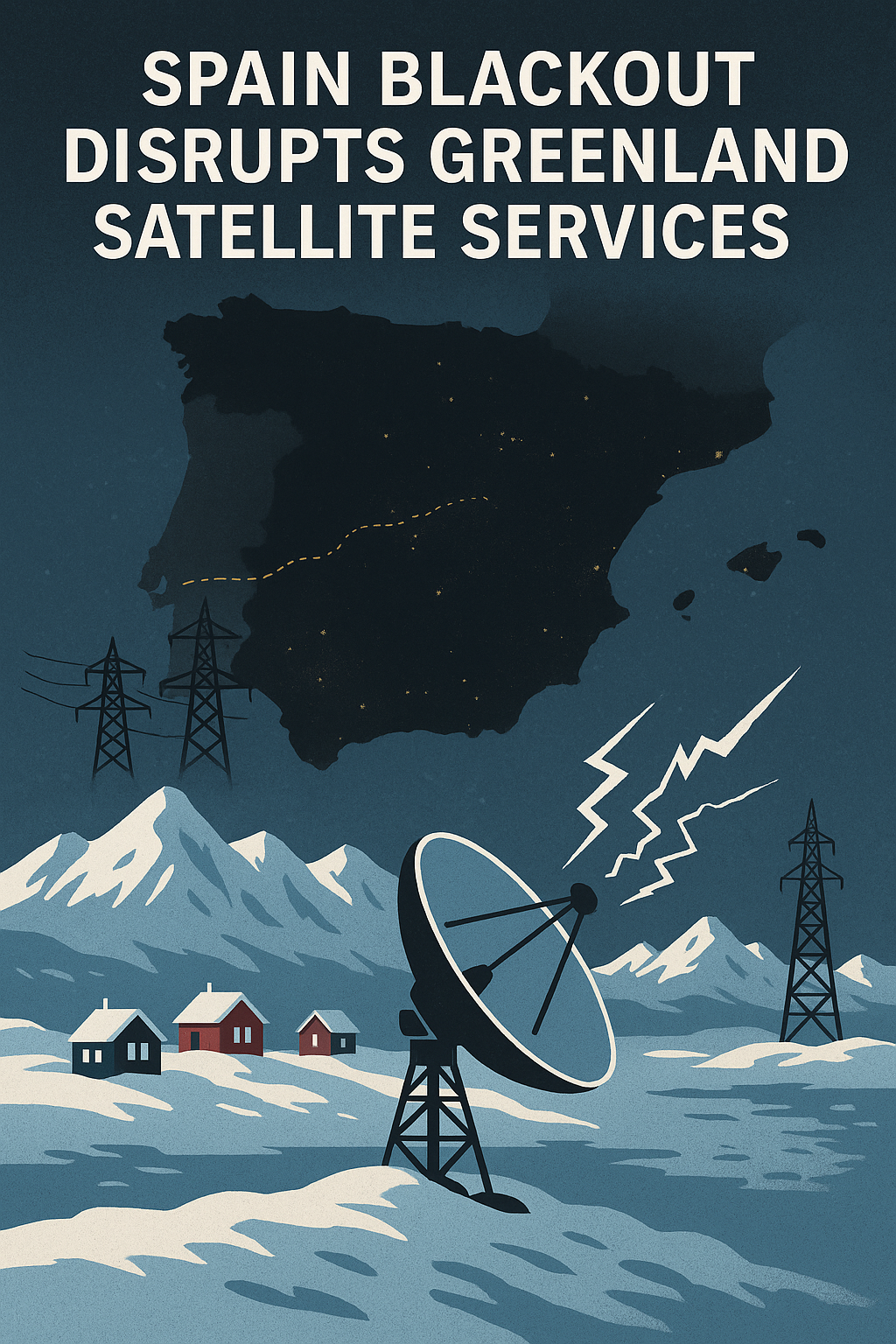The Federal Communications Commission (FCC) has taken a big step that could help SpaceX’s Starlink internet service become faster and more reliable. Some of the agency’s satellite radio spectrum regulations were established over 20 years ago, and the agency has opted to review them.
FCC Begins Review of Old Satellite Rules
These rules control how much power satellites can use when sending signals to Earth and back.
The move came after SpaceX requested the FCC to review these limits. The company argued that the current rules were outdated and made it harder for Starlink to provide strong internet signals. The old power limits were designed when satellite technology was very different from what it is today.
The FCC agrees that these old rules are holding back new technology. The commission said that the power restrictions are one of the biggest problems modern satellite internet companies face. These rules were made in the 1990s, long before today’s high-speed, low-orbit satellite constellations were even imagined.
The FCC’s decision to look into the rules was supported by all commissioners. They all voted in favor of reviewing the regulations. The review is aimed at helping newer satellite systems—like Starlink—provide better internet services across the country and even the world.
Alphabet’s High-Stakes Bet on SpaceX Signals Deepening Tech-Military Ties
How the Rules Affect Starlink’s Service
SpaceX’s Starlink is a satellite-based internet service. It transmits internet signals to users on the ground by use of thousands of tiny satellites in low-Earth orbit (LEO). Unlike older systems that use satellites far out in space, Starlink satellites are closer to Earth. This means faster signals and less delay.
However, to follow the FCC’s current power rules, Starlink must reduce how strong each satellite signal is. This weakens the quality of internet service for users. The rules also limit how many satellites can serve one area. And they require Starlink to keep its satellites away from paths that could interfere with older satellites parked in high orbits—called geostationary satellites.
These requirements were originally put in place to avoid signal problems between LEO and geostationary satellites. But SpaceX says it has tested Starlink and found that its satellites can work at higher power levels without causing problems for the older satellite systems. The company says it can still protect the older geostationary satellites from interference, even if it goes above the current limits.
SpaceX asked the FCC to update the rules related to “equivalent power flux density limits,” commonly known as EPFD. These limits control how much energy satellites can use when sending signals. By loosening these limits, Starlink says it can provide faster and better service, possibly reaching gigabit speeds.
Groundbreaking Kuiper Launch Positions Amazon to Rival Starlink in Satellite Race
Right now, Starlink offers speeds between 100 and 200 megabits per second. If the FCC allows higher signal power, it could help the system support more users and deliver stronger connections, especially in rural or remote areas where cable or fiber internet isn’t available.
FCC to Examine Changes Amid Industry Debate
The FCC’s review will focus on power rules in two frequency ranges—the Ka-band and Ku-band. These are the radio waves that companies like SpaceX and Amazon use for satellite internet. Amazon’s satellite system, called Project Kuiper, will also be affected by any changes to these rules.
But not everyone agrees with SpaceX. Other satellite companies have pushed back against the idea of loosening the power restrictions. Some of these companies include EchoStar, Viasat, and OneWeb. They argue that higher power levels could lead to interference with their own satellite services. These companies have previously opposed SpaceX’s efforts to get a waiver from the current rules.
Due to these disagreements, the FCC intends to thoroughly examine the matter. The review process will include asking the public and experts for comments. It can take over a year to complete. During this time, the FCC will consider technical studies and opinions from different sides of the industry.
This move by the FCC is part of a larger effort to make sure the United States keeps leading in space and satellite technology. Even though the agency has not made a final decision yet, the vote to begin the review is seen as a step toward helping modern satellite services like Starlink improve.
Until the review is completed and new rules are possibly approved, companies will have to follow the current power limits. Still, the fact that the FCC is open to change signals an important moment in how satellite internet is regulated. This could lead to updates that reflect the way today’s space technologies work—especially as satellite internet becomes more common around the world.




